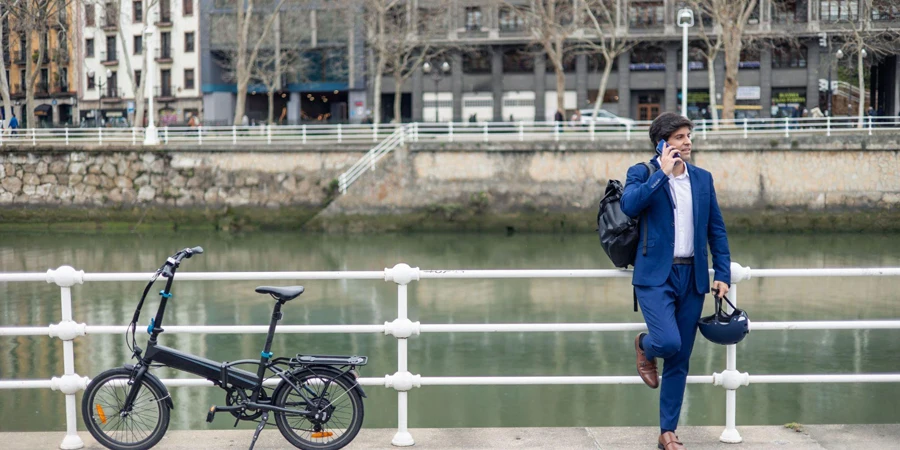Table of Contents
– Introduction
– Electric Folding Bike Market Overview
– Key Considerations When Choosing an Electric Folding Bike
– Conclusion
Introduction
In the fast-paced world of 2024, electric folding bikes have emerged as the ultimate solution for urban commuters seeking convenience, portability, and eco-friendly transportation. With a myriad of options available, choosing the perfect electric folding bike can be overwhelming. This comprehensive guide aims to help the online retailers simplify your customers’ decision-making process by highlighting the key factors to consider when selecting the best electric folding bike to suit the needs and lifestyle. Whether the customer is a seasoned cyclist or a newcomer to the world of e-bikes, read on to discover how to make an informed choice.
Market Overview
The electric folding bike market has witnessed remarkable growth in recent years, with a projected CAGR of 7.5% from 2023 to 2031. In 2024, the global market size is estimated to reach USD 169.5 million, driven by increasing demand for compact and portable transportation solutions. Key players like Brompton, SUNRA, XDS, and BODO are leading the charge, offering innovative designs and advanced features. The Asia Pacific region dominates the market, followed by Europe and North America. The offline distribution channel currently holds a larger market share, but online sales are rapidly gaining traction. As urban populations continue to grow and traffic congestion worsens, the demand for electric folding bikes is expected to soar, presenting exciting opportunities for both consumers and manufacturers in this dynamic market.
Key Considerations
Motor Power and Battery Range
The battery capacity and motor power are the two key factors that determine an electric folding bike’s range and hill climbing ability. Look for folding e-bikes with high watt-hour (Wh) battery ratings, as this indicates greater range on a single charge. Batteries in the 400-700 Wh range are common on folding models and can provide anywhere from 30-70+ miles of range depending on assist level.For tackling steep hills, a powerful motor is essential.
Hub motors in the 500-750W range are popular on folding e-bikes and provide ample torque for climbing. Mid-drive motors, while less common on folders, are also very capable for hills as they can leverage the bike’s gearing.Fast charging is another convenient feature on some folding e-bikes. While a standard e-bike battery may take 4-6 hours to fully charge, some fast-charge models can cut that down to 2-3 hours. This allows you to extend your range with quick top-offs during the day.
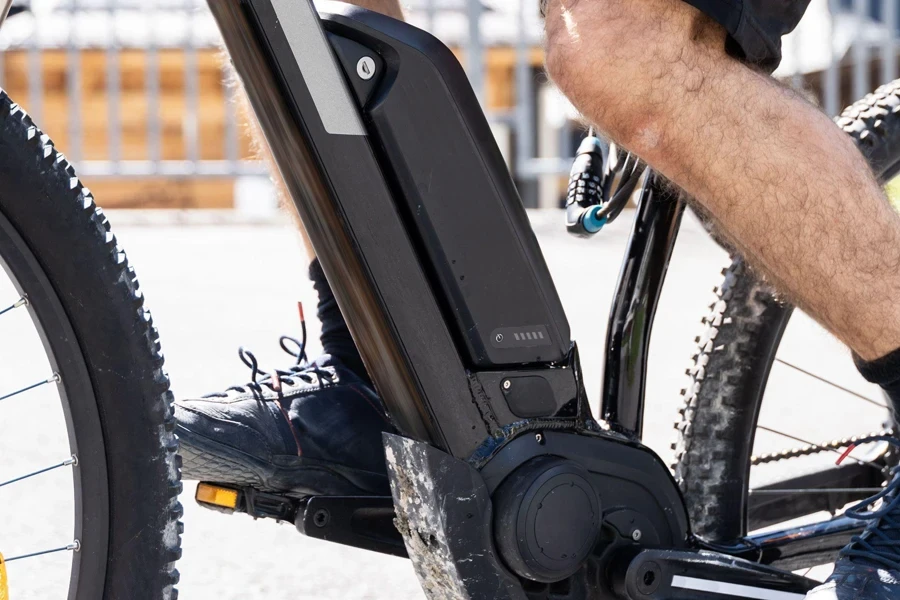
Frame Material and Durability
Folding electric bikes commonly use materials like aluminum alloy, carbon fiber, steel, and titanium, each offering a balance of weight, strength, ride quality, and cost. Aluminum alloy is favored for its lightweight, strength, affordability, and corrosion resistance, exemplified by the Montague M-E1 and Honbike U4. Carbon fiber, the lightest and strongest, provides excellent vibration damping and aerodynamic shapes but is costly, seen in the Carbo and Veewing T20 models. Steel offers durability and a smooth ride at a lower cost but is heavier, while titanium boasts an excellent strength-to-weight ratio and corrosion resistance at a higher price. The frame’s construction quality, particularly at folding joints and stress points, is vital for durability, with well-designed frames featuring robust locking mechanisms being preferable.
Carbon fiber’s high cost, at $16-21 per pound compared to steel’s less than $1, is due to its complex, energy-intensive production process. Despite its higher price, including $10-12 per pound for automotive-grade and $200-300 per kilogram versus titanium’s $10-20, its production volume limitations hinder economies of scale. However, anticipated improvements in production and manufacturing could reduce costs to as low as $5 per pound for automotive-grade carbon fiber, enhancing its competitiveness for applications where its performance merits the expense.
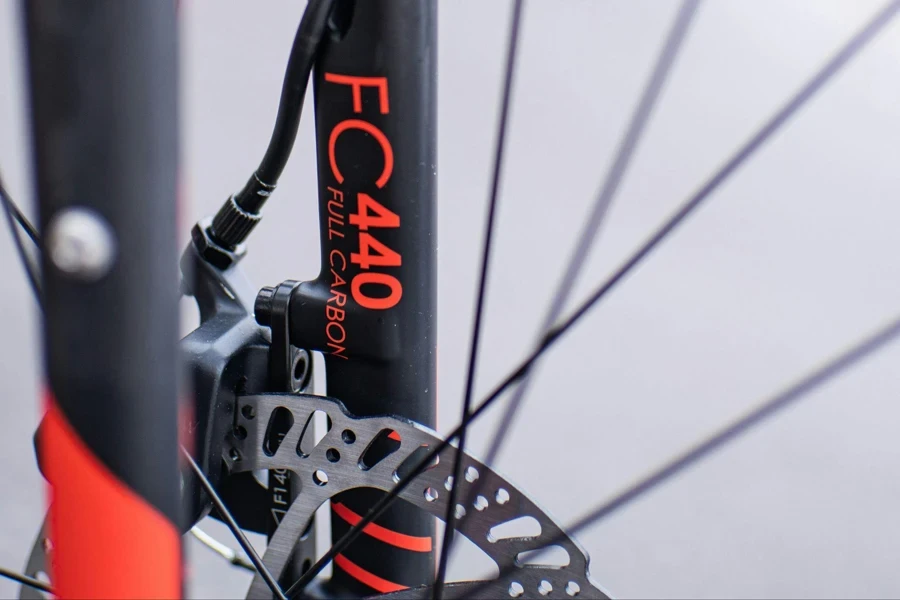
Folding Mechanism
The ease and speed of folding/unfolding the bike is crucial for convenience. Look for folding mechanisms that are simple and intuitive to operate.
– “Magnetic latches” and “quick release levers” make folding and unfolding faster compared to traditional clasps or levers.
– Common folding styles include “mid-fold” (bike folds horizontally in half), “triangle-fold”(rear triangle folds under mainframe), and “telescopic-fold” (frame collapses vertically).
– Simpler folding designs with fewer hinges/joints are generally easier to operate and more durable in the long run.
Portability
The folded size and weight significantly impact how portable the e-bike is for storage and transport.
– A very compact folded size allows the bike to fit into small spaces like car trunks, closets, or under desks.
– Lighter overall weight, typically under 50 lbs, makes carrying the folded bike easier if needed.
– For public transit, a smaller folded footprint is essential to bring the bike onboard buses, trains, etc.
Manufacturers balance portability with factors like battery size, motor power, and frame durability. More portable models may sacrifice some performance, but the best folding e-bikes optimize both aspects well. If you look for folding e-bikes with intuitive folding mechanisms utilizing magnetic latches or quick releases, you should prioritize a very compact folded size under 30″x20″ and a weight under 45 lbs for maximum portability and ease of carrying when needed.

Wheel Size and Riding Comfort
Smaller Wheels (16-20 inches)
Advantages:
– More compact and maneuverable for tight spaces
– Quicker acceleration from a stop
– Lighter weight for easier carrying/transport
– Smaller folded size on folding e-bikes
Disadvantages:
– Less stable at higher speeds
– Harsher ride over bumps/rough terrain
– May require more pedal torque for hill climbing
Smaller wheels excel for urban commuting and portability, but sacrifice some comfort and high-speed handling. Common on folding and compact e-bikes.
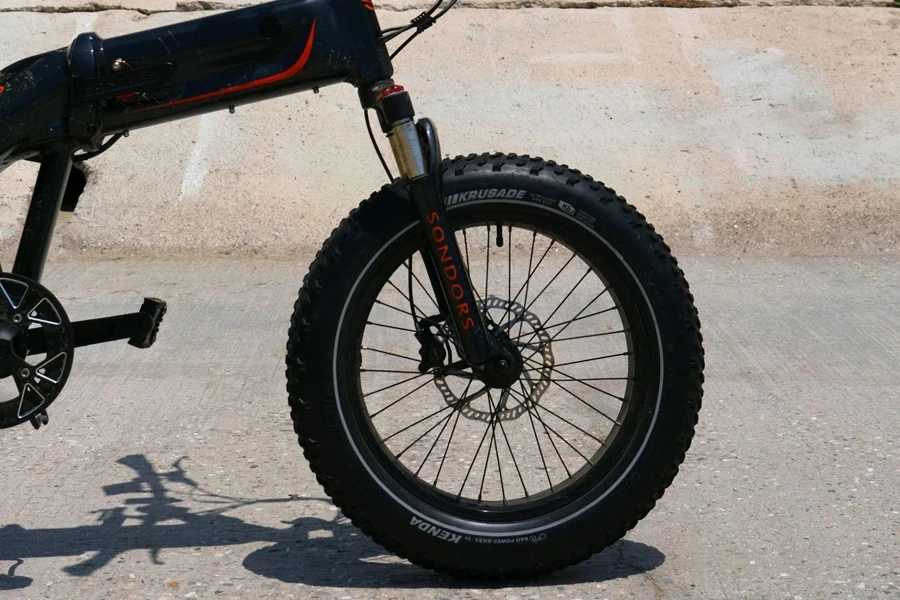
Larger wheels(26-29 inches) prioritize comfort, traction, and high-speed performance over agility. Common on mountain, touring, and some urban e-bikes. The ideal size depends on your riding needs. Smaller wheels are great for urban maneuverability and portability, while larger wheels shine for comfort, stability at speed, and off-road capability. Tire width also impacts ride quality, with wider tires (2″+) providing more traction, cushioning, and rolling momentum on any wheel size. But they increase weight and rolling resistance.
Brakes
Mechanical disc brakes: These brakes use a cable-actuated mechanism to engage the brake caliper when the brake lever is pulled. They provide reliable stopping power and modulation, are typically more affordable than hydraulic disc brakes, and may require more frequent adjustments.
Hydraulic disc brakes: These brakes are considered the superior choice for e-bikes due to their great performance and dependability. A hydraulic system transmits the braking power from the brake lever to the brake caliper, providing higher stopping force, accurate control, and good heat dissipation. Hydraulic disc brakes require less maintenance and adjustment than other brakes, making them popular for e-bike riders looking for high-performance braking.
Rim brakes: Rim brakes, including caliper brakes and V-brakes, use friction pads that press against the wheel rim to slow or stop the bike. They are less common on e-bikes due to their lower efficiency in wet conditions and potential for early wheel rim wear.
Regenerative brakes: Some e-bike systems have regenerative braking, which uses the motor to help slow the bike down and store the generated energy in the e-bike’s battery for subsequent use. Regenerative brakes are often used as a backup braking system in conjunction with traditional brakes rather than as the primary stopping mechanism.
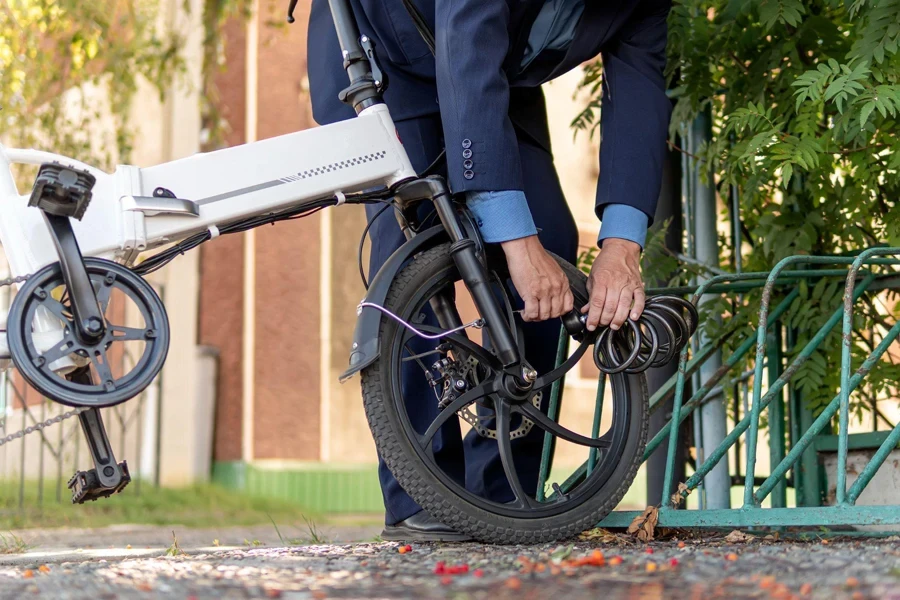
Safety Features
Integrated lights: Integrated lights improve visibility and safety, making it easier for others to see you on the road, especially during low-light conditions.
Reflective tires or frame details: Reflective elements on the tires or frame enhance conspicuity, making the bike more visible to others, particularly at night.
When choosing an electric folding bike, consider the type of brakes and safety features that best suit your needs and preferences. Hydraulic disc brakes are generally the best choice for e-bikes due to their superior performance and reliability, while integrated lights and reflective elements contribute to improved visibility and safety on the road.
Conclusion
Choosing the best electric folding bike in 2024 involves carefully evaluating your priorities and needs against the key factors we’ve written. By striking the right balance between motor power, battery range, portability, ride quality, safety features, and price, your customers will be well-equipped to select a bike that will transform their commute and expand your cycling horizons. We intend to assist the retailers to catch up with them and further help the consumers. If you want to see more on “Cycling” and other sports, please hit the “Subscribe” button.
